We now have pricing for the Meyers Manx 2.0 EV, and it’s not cheap


Meyers held an event at Pebble Beach to announce its new Resorter NEV, a lower-speed version of its upcoming Manx 2.0 electric dune buggy, and at it we learned pricing for the 2.0 EV, and it’s a lot higher than we had hoped.
The Meyers Manx 2.0 EV is a resurrection of the iconic original dune buggy, which started off as a kit car built on a modified VW Beetle chassis. The car was popular in the 1960s as a desert racer and beach cruiser. The kit cost around $500-$1,000, in 1967 dollars, plus whatever it cost to get the various VW Beetle parts you needed to complete the build.
But the 2.0 is its own beast, built from the ground up as a tiny 1,500lb all-terrain EV, with a choice of a 20 or 40 kWh battery, 60kW charging, with 202hp and 0-60 in 4.5 seconds for the bigger-battery version – and no doors.
From the look and specs of it, it seems like it would be a blast to drive, especially for those who live in areas with good weather, like Newport Beach, California, where the original Meyers kit car was first conceived in a garage and where the new incarnation of Meyers – now owned by venture capital firm Trousdale – is still headquartered.
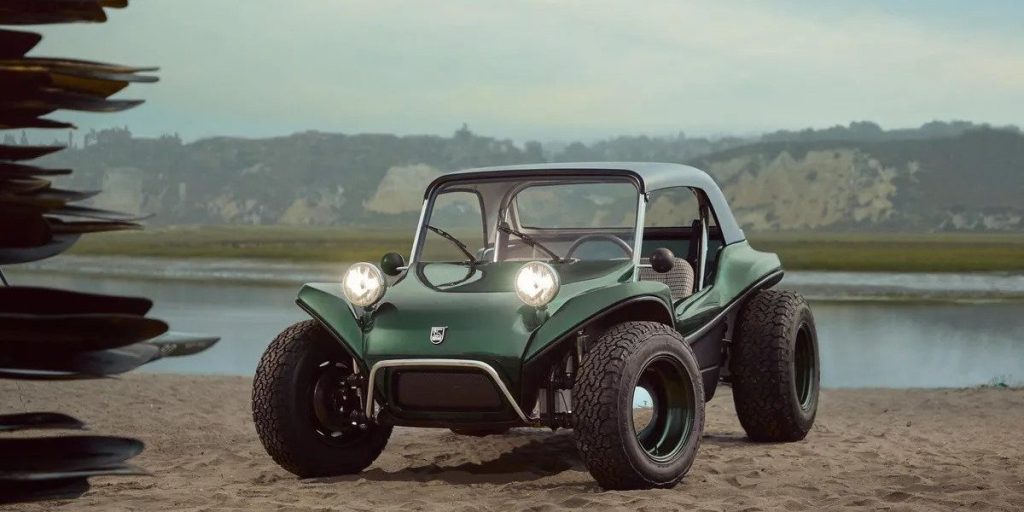

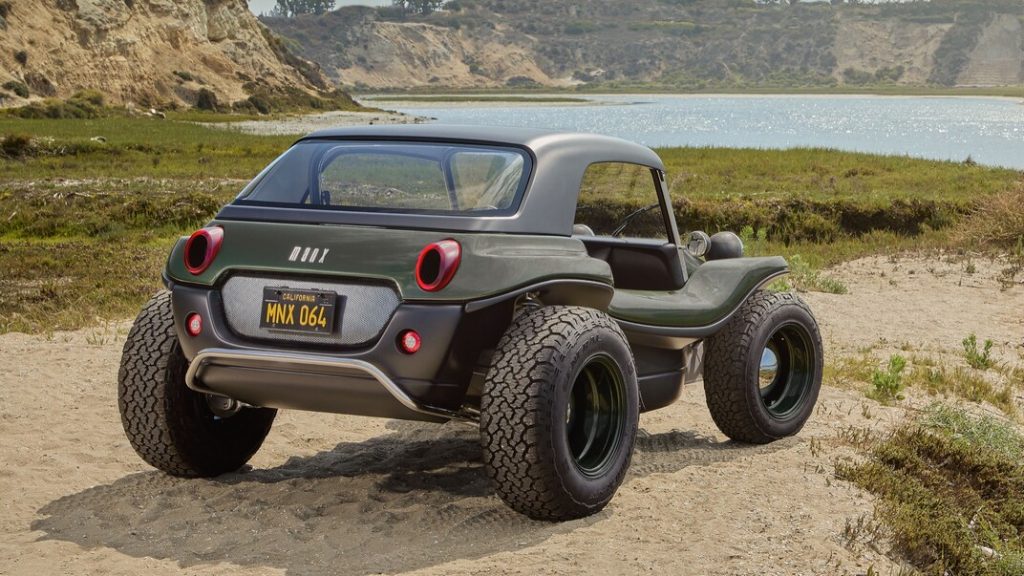
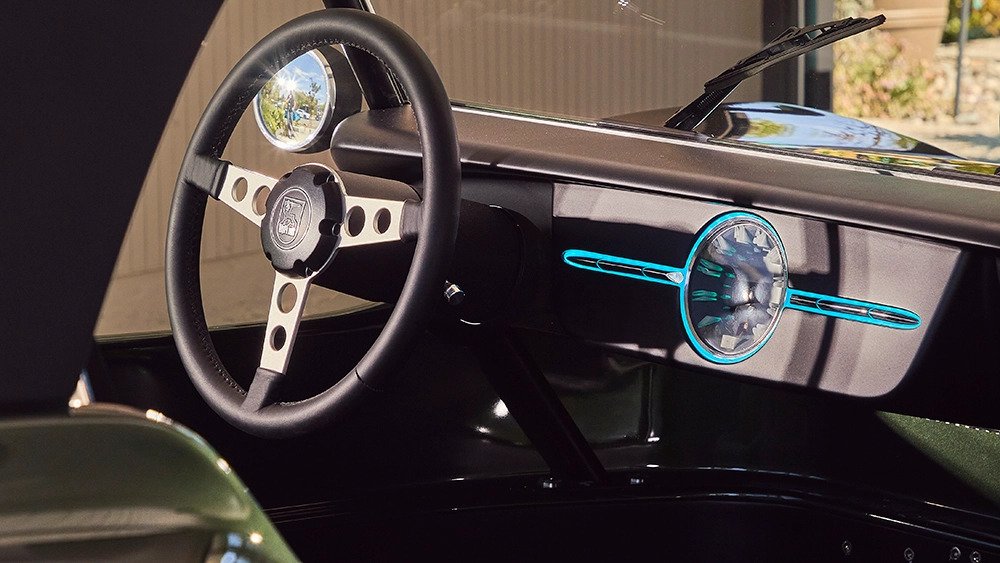
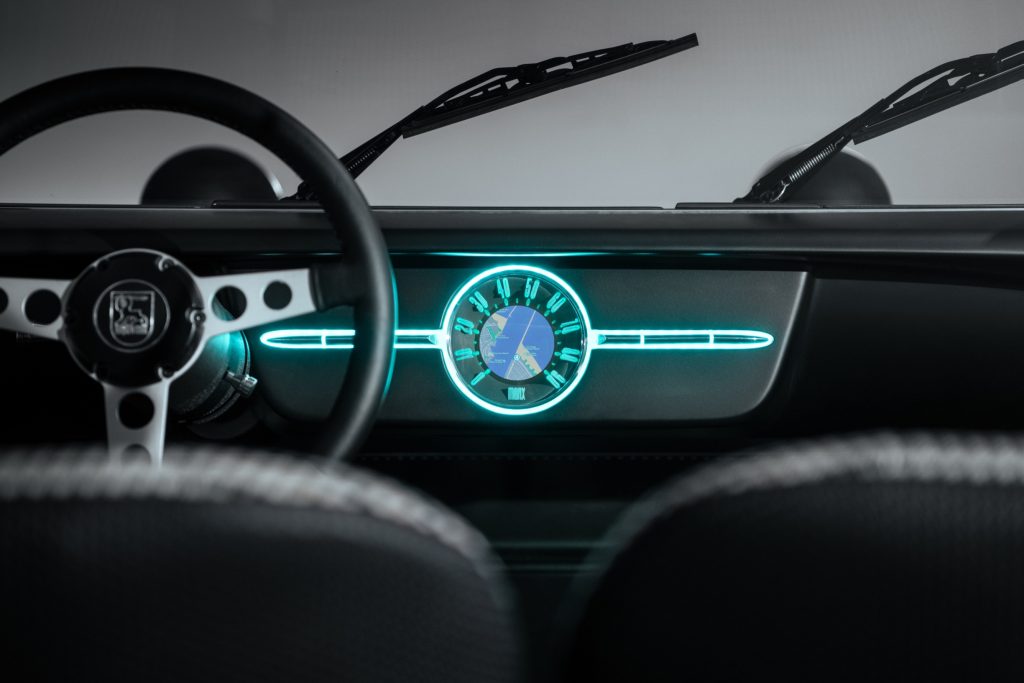
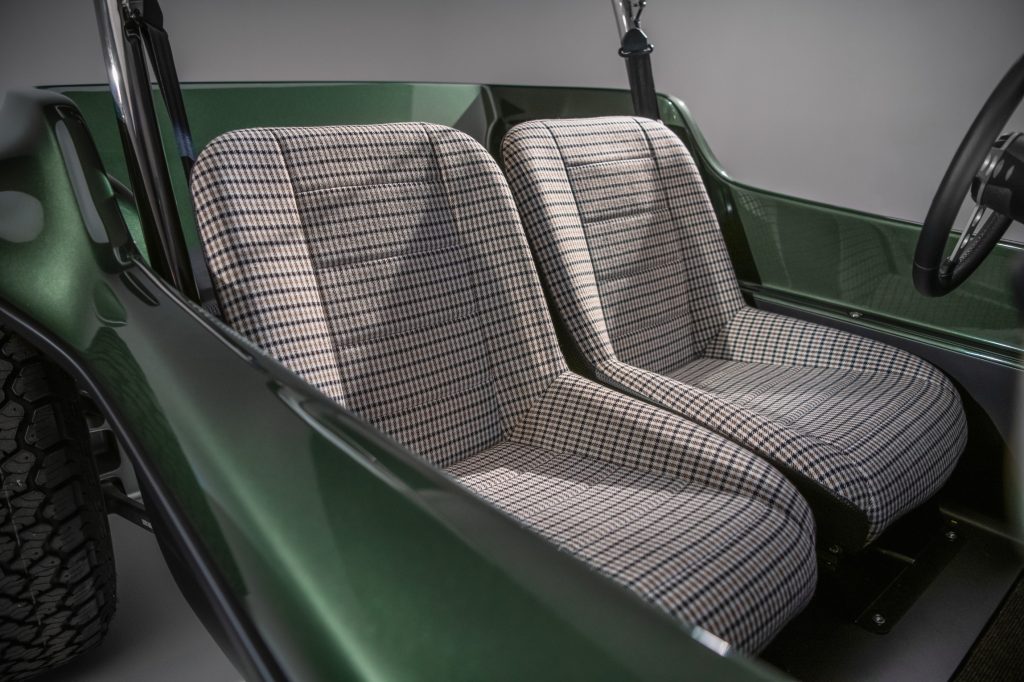
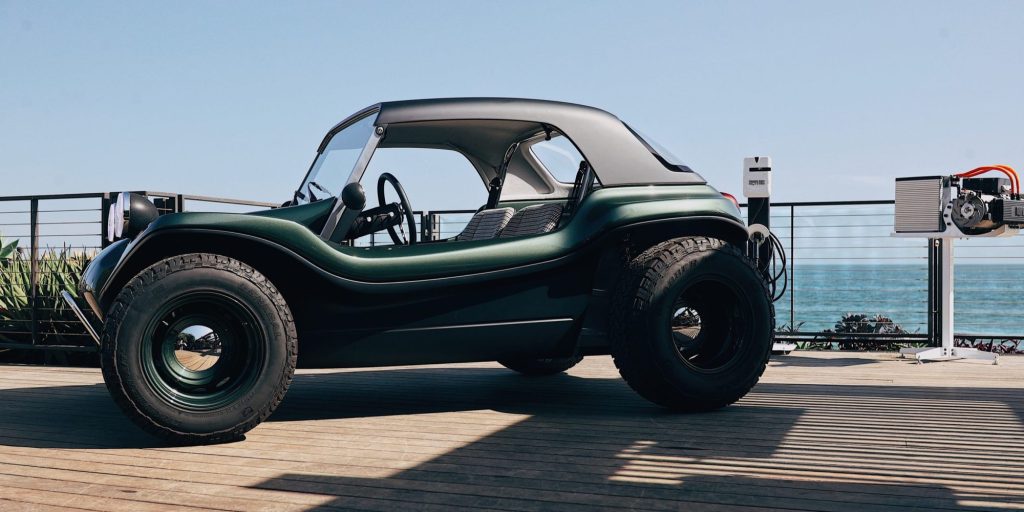


Meyers Manx 2.0 EV price: $74,000
And today, we learned how much the Meyer Manx 2.0 EV will set you back, and the price is higher than we wished: $74,000. Meyers has only released the base price, so we don’t know how much options will cost – in particular how much the upgraded 40kWh battery will set you back over the base 20kWh version.
Meyers had set expectations high from the start, holding introductory events in Malibu and Pebble Beach, not areas known for bargain-hunting. And the company plans to use pricey materials in the vehicle’s construction – for example, the roof of the Manx 2.0 EV is made of carbon fiber. As a new company making a bespoke beach buggy, with necessarily low production numbers, economies of scale will be working against it.
If you’re interested in the Manx 2.0 EV at $74k, Meyers is taking $500 deposits. It expects to ship the 2.0 EV in 2024, and is looking for 50 early-interest beta testers who will drive the car and provide feedback ahead of wide release.
City Dwellers’s Take
I’m no stranger to pricey early EV programs, having participated as a driver of the original Mini E, in 2009, which started off as a lease-only deal at $950/month. It was great fun being part of a group of 500 people, several of whom I still keep in touch with, and feeling like we had a part in shaping the future of BMW’s EV programs and even the EV industry as a whole. It’s why I’m even here to begin with, it’s what started my EV journey. So the idea of Manx’s beta program brought back fond memories of that time for me.
That said, we had hoped that a small, stripped-down EV for getting around town or using as a beach/desert toy would be more affordable than this. At this price, it’s positioned itself as a toy for some very-wealthy beach dwellers, who don’t mind spending almost double the price of the average new car in America for a car that will pretty much necessarily be a secondary or partial-use vehicle.
It’s not really fair to compare this car to higher-production vehicles from established companies, but given that the Leaf and Bolt exist in the sub-30k range and each have batteries of 40kWh or larger, are twice as big, and have a lot more “real car” things in the cockpit (air conditioning, touchscreen infotainment, and so on), we had hoped to see something a little closer to that.
Especially considering that the heritage of the Manx 2.0 was not expensive. As mentioned above (and in this Car & Driver article from 1967), when it first came out in the 60s, you could build one for as little as ~$800. That’s the equivalent of about ~$7k in 2023 dollars, after accounting for general inflation levels. Though you could spend up to around ~$4,000 if you really tricked it out, which is about ~$36k in 2023 dollars.
FTC: We use income earning auto affiliate links. More.
